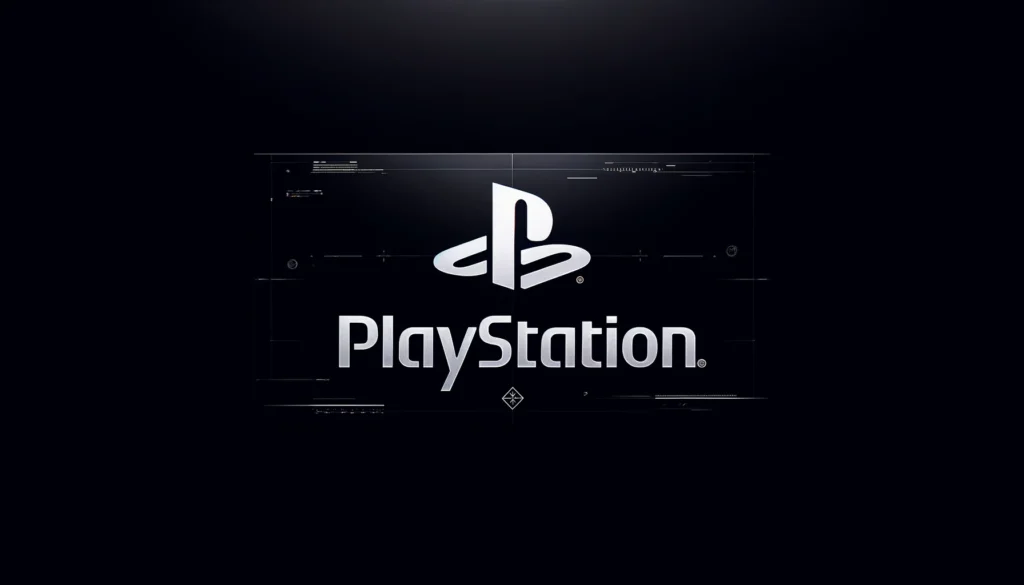

Introduction
Before start telling The Amazing Success Story Of PlayStation we should point to the fact that in the vast expanse of modern gaming, Sony’s PlayStation stands as a towering achievement. From its humble beginnings to becoming a powerhouse in the gaming industry, the PlayStation story is one of innovation, daring, and success. This article takes you through the thrilling journey of Sony’s game console, celebrating its milestones and its profound impact on gaming.
The Origin: A Clash and a Vision
The story of PlayStation begins in the late 1980s, born from a failed collaboration between Sony and Nintendo. Initially, Sony was to create a CD-ROM add-on for Nintendo’s Super Nintendo Entertainment System (SNES). However, disagreements over control and profits led to a public and messy breakup at the 1991 Consumer Electronics Show. Undeterred, Sony decided to forge its own path in the gaming industry.
The Birth of PlayStation: The Beginning of The Amazing Success Story Of PlayStation
Ken Kutaragi, often referred to as the “Father of PlayStation,” played a crucial role in its development. His vision was clear: a console that would not only excel in games but also offer a multimedia experience. By December 1994, Sony released the first PlayStation in Japan. It was an instant success, making its way to international markets the following year. This console brought with it innovations like 3D graphics and CD-ROMs, which were a novelty in home consoles at that time.
Breaking New Ground: PlayStation 2
The success of the original PlayStation was only the beginning. In March 2000, Sony launched the PlayStation 2 (PS2). It was not just a game console, but a comprehensive entertainment unit with the ability to play DVDs and later, connect to the internet. The PS2 set a new standard for gaming consoles and became the best-selling console of all time, a record it still holds today.
The Introduction of Online Gaming: Network Adapter
One of the significant advancements with the PS2 was the introduction of online gaming. In 2002, Sony released a network adapter for the PS2, which allowed players to connect to the internet and enjoy online multiplayer games. This move was pivotal, as it expanded the gaming experience from a solitary or local community activity to a global one.
Entering the Portable Arena: PlayStation Portable
In 2004, Sony took a bold step into the portable gaming market with the PlayStation Portable (PSP). This device was powerful for a handheld, capable of delivering high-quality graphics and multimedia capabilities like music and video playback. The PSP faced stiff competition from Nintendo’s handhelds but carved out a significant niche, offering games that were closer to console-level quality.
The Next Level: PlayStation 3
The launch of PlayStation 3 (PS3) in November 2006 marked Sony’s entry into the era of high-definition gaming. The PS3 was a technological marvel, boasting a powerful Cell processor and a Blu-ray disc player. It also introduced the PlayStation Network, an online service providing digital media content and multiplayer gaming, laying the groundwork for a connected gaming community.
The Move to Motion: PlayStation Move
Sony adapted to the changing landscape of gaming by embracing motion controls with the PlayStation Move in 2010. This technology allowed players to interact with games through physical movement, representing Sony’s answer to Nintendo’s Wii. While not as wildly successful as the Wii, the Move helped Sony explore new gaming territories.
The Personal Touch: PlayStation Vita
Continuing their innovation in portable gaming, Sony launched the PlayStation Vita in 2011. The Vita offered more power, better graphics, and touch controls. However, despite its advanced features, the Vita struggled to capture a wide audience, overshadowed by the rapid rise of mobile gaming.
A New Era: PlayStation 4
November 2013 saw the debut of the PlayStation 4 (PS4), which focused heavily on social gameplay, integrating features that allowed players to share streams and instantly upload gameplay footage. With its powerful hardware and focus on developer-friendly tools, the PS4 saw widespread acclaim and massive sales figures.
Virtual Realities: PlayStation VR
With the release of PlayStation VR in 2016, Sony ventured into the burgeoning field of virtual reality. The device offered immersive gaming experiences at a more affordable price point compared to PC-based VR systems, bringing virtual reality to the mainstream gaming audience.
The Amazing Success Story Of PlayStation continues: The Latest Frontier: PlayStation 5
Launched in November 2020 amidst a global pandemic, the PlayStation 5 took the gaming world by storm. With its ultra-fast SSD and advanced graphics capabilities, the PS5 set new standards for loading times and visual performance. Despite supply issues, it has continued to be in high demand, showing the enduring strength of the PlayStation brand.
Conclusion
Sony’s PlayStation has not just survived the competitive gaming industry; it has thrived, leading innovations and expanding the very definition of gaming. From a fallout with Nintendo to leading the gaming world, PlayStation’s journey is a testament to Sony’s resilience and vision. As we look to the future, PlayStation continues to push the boundaries, promising gamers around the world more immersive and exciting gaming experiences.
Read Also: XBOX, the new game console



